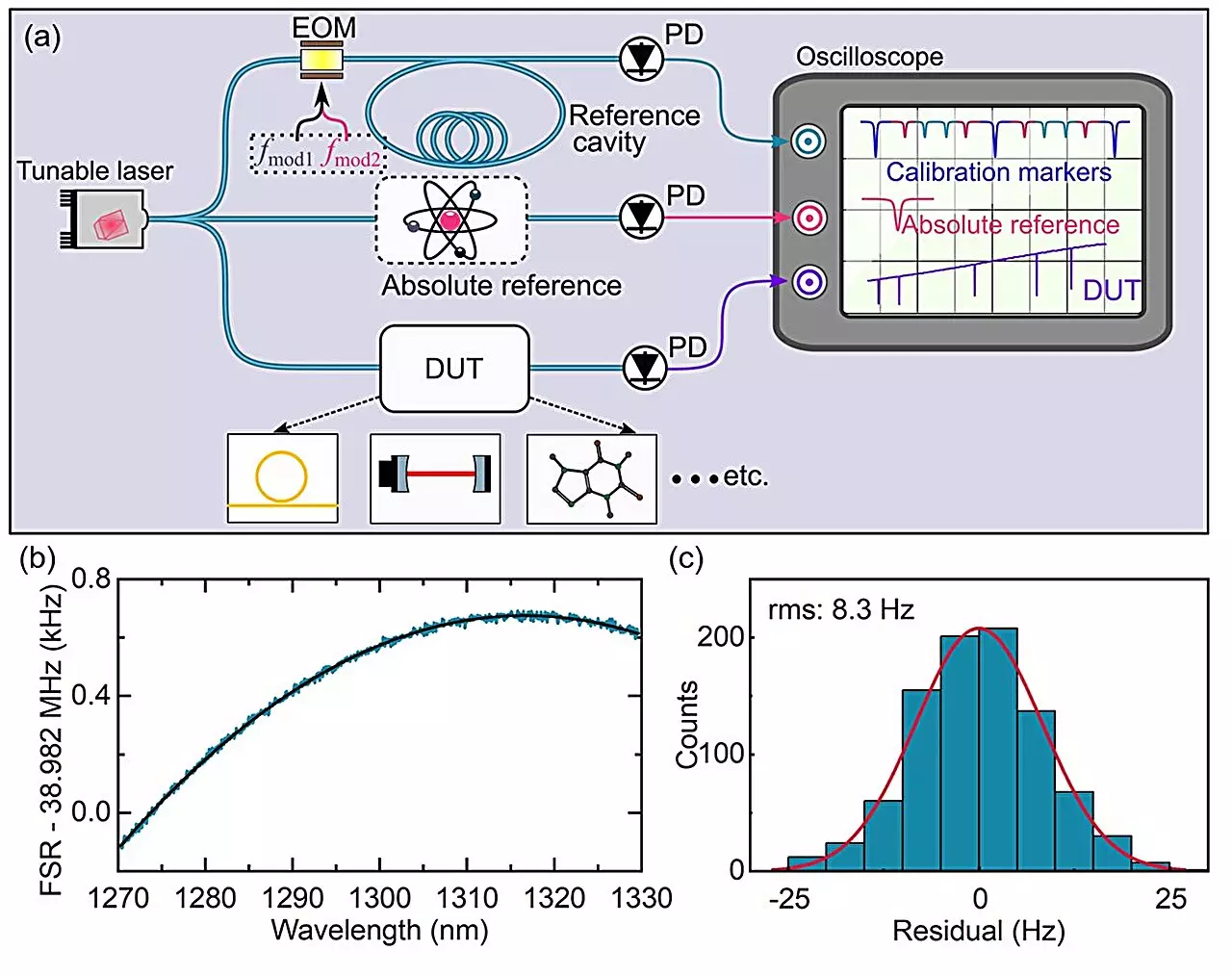Laser spectroscopy has been a groundbreaking tool since its inception in the 1960s, revolutionizing the study of atoms and molecules. With advancements in laser technology, the capabilities of laser spectroscopy have expanded, leading to new breakthroughs in precision measurements and applications in various scientific fields.
Frequency comb-based laser spectroscopy has paved the way for incredibly precise frequency measurements, boasting an accuracy of up to 18 digits. This level of precision not only earned recognition with a Nobel Prize in Physics in 2005 but also opened doors to applications in optical clocks, gravity sensing, and the search for dark matter. While frequency combs offer high-speed broadband spectroscopy due to their large bandwidth and high spectral resolution, challenges arise in detecting trace gases and measuring spectrally narrow features. Additionally, the complexity of maintaining long-term coherence in comb sources requires intricate stabilization systems.
On the other hand, tunable CW lasers excel in providing high photon flux, long interaction paths, and frequency agility, making them ideal for sensitive molecular spectroscopy, gas sensing, and LIDAR applications. Despite their advantages, fluctuations in laser frequency scan speed have been a drawback in these systems. Researchers have developed various methods to address these fluctuations, including interferometric approaches, single-sideband modulation, and optical frequency combs. Combining the precision of a frequency comb with the tunability and high power of a CW laser in frequency-comb-calibrated tunable laser spectroscopy offers a promising solution, albeit requiring a stable reference frequency comb.
A recent development by researchers at the Max Planck Institute introduces a new broadband spectroscopy method with Hz-level precision using a tunable laser. This innovative technique involves on-the-fly calibration of the laser frequency using a fiber cavity and a dual radio frequency (RF) modulation technique, enabling precise tracking of the laser’s color at every point in time. The calibration markers provided by this method serve as an optical frequency ruler, allowing for ultra-high precision measurements of optical frequency distances between spectral features.
The new method showcased an impressive order of magnitude improvement in precision compared to existing tunable laser spectroscopy methods, with a measurement speed of 1 THz/s. It offers higher optical probe power, better spectral flatness, and improved polarization stability when compared to frequency comb-based spectroscopy. Moreover, the versatility and robustness of this method make it suitable for a wide range of applications, including LIDAR systems, open-path trace gas sensing, characterization of photonic devices, and calibration of astrophysical spectrometers.
The evolution of laser spectroscopy continues to push boundaries in precision measurement and practical applications. The innovative methods and techniques developed by researchers pave the way for new discoveries and advancements in various scientific disciplines, offering simpler and more robust solutions for complex challenges in the field of spectroscopy.


Leave a Reply